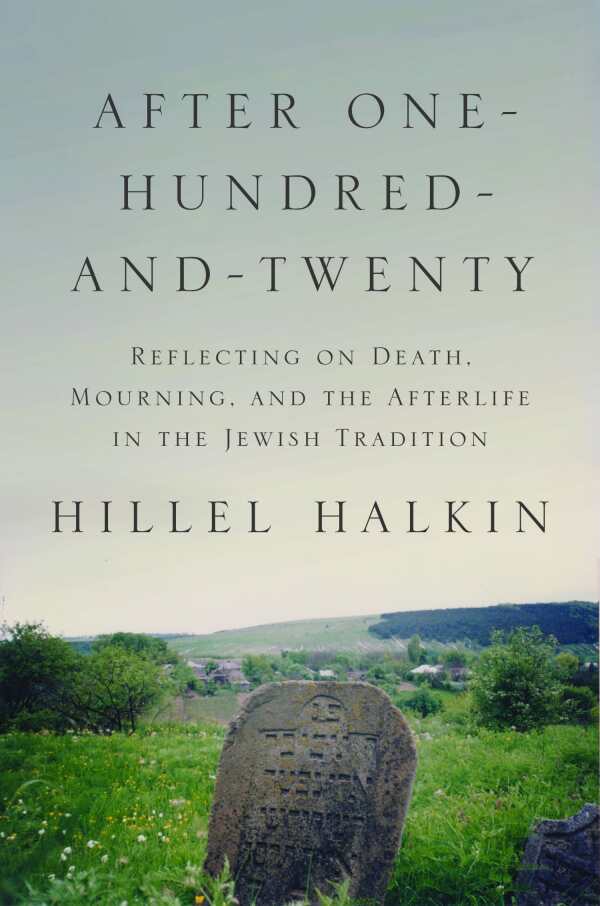After One-Hundred-and-Twenty
Reflecting on Death, Mourning, and the Afterlife in the Jewish Tradition
Centuries-old concepts come to life in this thoughtful treatment of death’s place in Judaism.
Jewish ideas about death, the afterlife, and the rituals surrounding them have a rich history, and Hillel Halkin expertly dives into those ideas in After One-Hundred-and-Twenty. By combining historical examples with his firsthand experiences, Halkin has created a well-rounded and thoroughly readable examination of how Jews face the unknown.
Halkin has feet in both worlds as a generally secular Jew who remains deeply knowledgeable about religion and tradition, which allows him to treat the material seriously while still looking at many sides of his topic. He begins by comparing ancient Jewish thought to other ancient cultures’ beliefs about death, such as how the notion of going to She’ol was only a nebulous concept compared to the Greek or Egyptian views of what happens to the dead. He tracks many different Jewish ideas about the afterlife through the centuries, from posthumous rewards and punishments to the question of whether the dead rise again. He looks at the other debates prompted by those questions as well: If the dead rise, is that in body or spirit? Do they return in the same condition in which they died? Halkin uses stories from the Talmud, the Zohar, and other texts to explore these issues, and mixes scholarly text with traditional jokes and anecdotes.
Throughout the book, Halkin also reflects on how he has interacted with these traditions in his own life. One particularly moving example concerns the kaddish. Halkin details the origin of the prayer and the rules surrounding it, explaining how it evolved into a prayer specifically for mourning. He talks about how and why he didn’t initially say the kaddish after the separate deaths of his parents, before relating how he said it much later.
Halkin discusses burial in a similar way, explaining the aversion to cremation in Jewish tradition, focusing on the simple beauty of placing pebbles on a grave rather than flowers, and including a scene of him and his wife considering buying their own plots. These examples are typical of Halkin’s approach throughout the book. By combining the historical and the personal, he expertly brings centuries-old concepts alive and describes how modern Jews balance those dual aspects, and that approach serves this material well.
Reviewed by
Jeff Fleischer
Disclosure: This article is not an endorsement, but a review. The publisher of this book provided free copies of the book to have their book reviewed by a professional reviewer. No fee was paid by the publisher for this review. Foreword Reviews only recommends books that we love. Foreword Magazine, Inc. is disclosing this in accordance with the Federal Trade Commission’s 16 CFR, Part 255.

